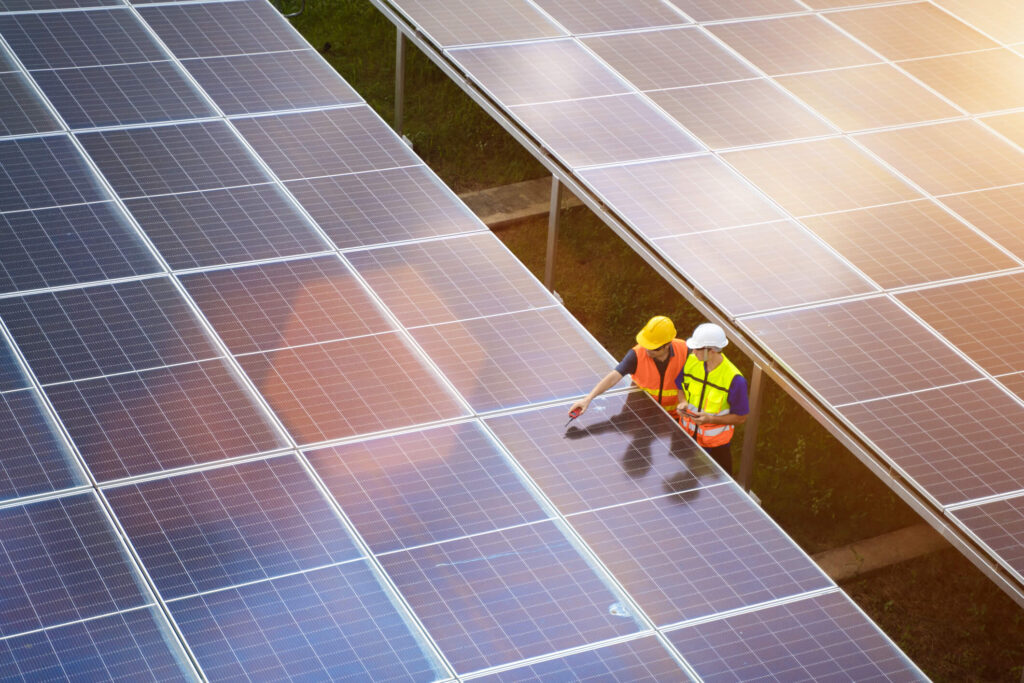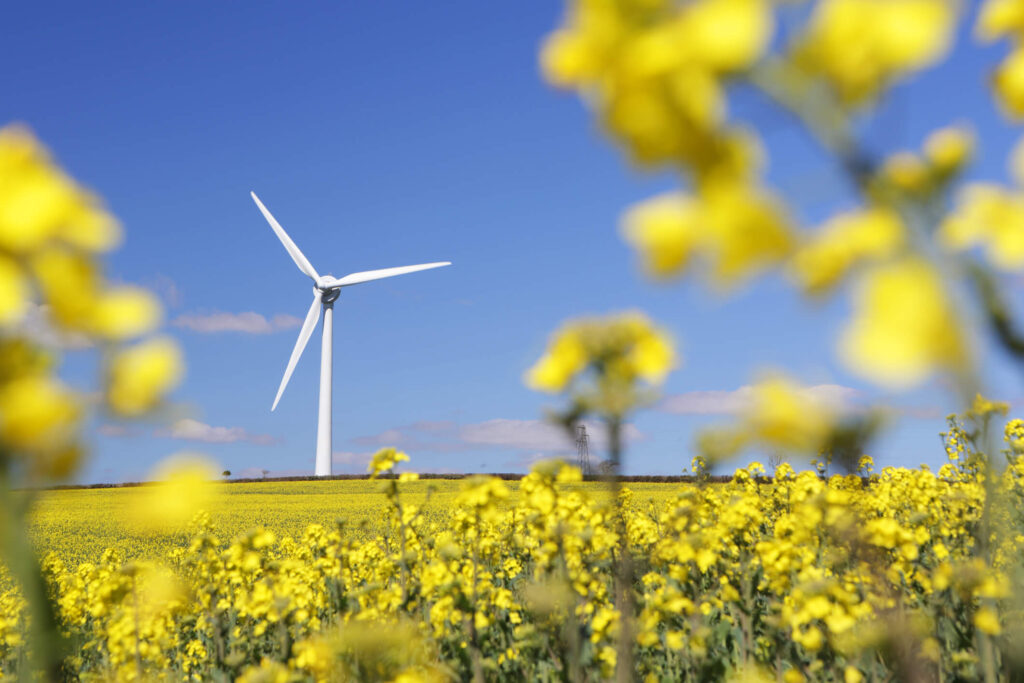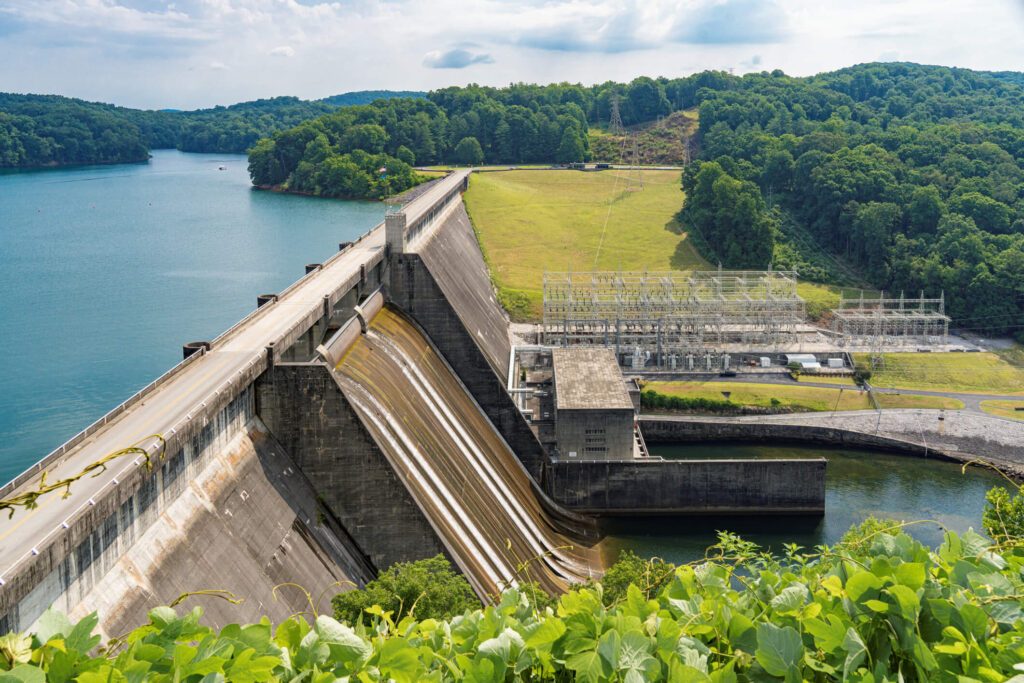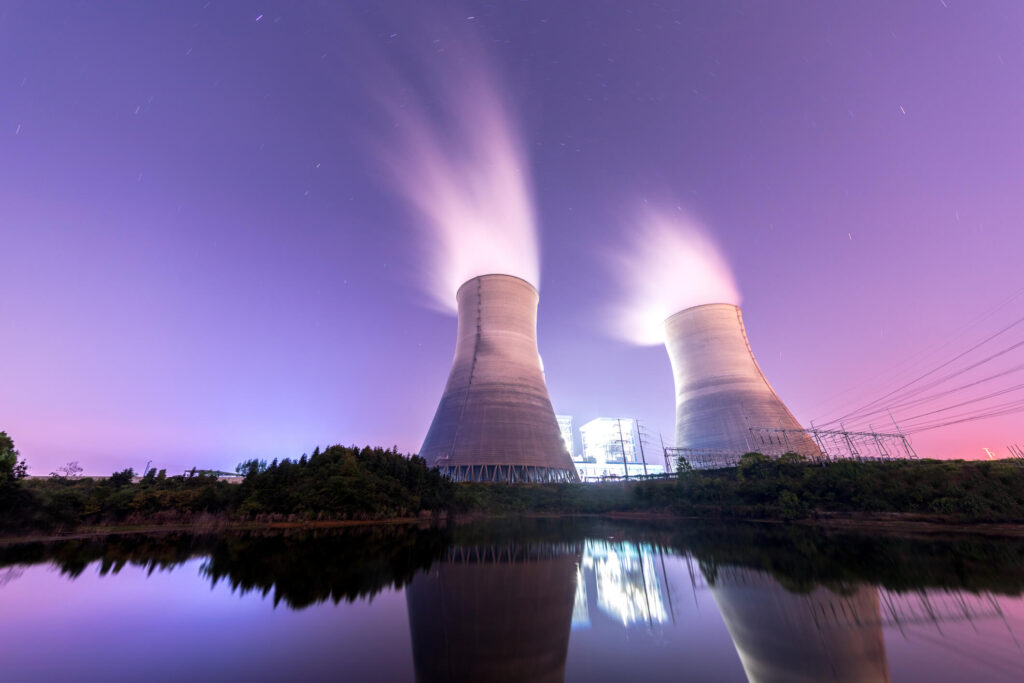By harnessing the wind, sun, and water, we’re not just generating energy but pioneering a sustainable defence against global warming.
The globe is shifting its attention to renewable sources of energy in response to growing environmental concerns and the pressing need for sustainable solutions. Renewable energy sources are numerous and varied, ranging from the sun’s power to the energy production from the earth’s core. Each has special advantages and possible uses. In this article we name five renewable energy sources that will influence global energy consumption in the future.
What is Renewable Energy?
Renewable energy comes from natural sources, like sunlight, wind, and water. These resources are constantly replenished, and do not rely on fuels. Fossil fuels, meaning the non-renewable energy sources, such as coal, oil and gas, have limited supply and have a devastating impact on the environment during extraction and usage. The main characteristic of renewable energy is that it doesn’t run out when used and has very little of an impact on the environment, especially when it comes to greenhouse gas emissions.
According to the Renewables 2023 report, the yearly growth rate of renewable capacity additions worldwide reached a record high of nearly 510 gigawatts (GW) in 2023, up nearly 50% from the previous two decades. Additionally, the potential renewable electricity generation is predicted to increase by about 70% from 2022 to 14 400 TWh by 2028. As per the report and what can be seen on the graph below, by 2028, renewable energy will produce 42% of the world’s electricity, with 25% coming from solar and wind power, with hydropower being a leading renewable energy source for electricity in 2028.

Benefits of Renewable Energy
Numerous advantages of renewable energy address economic, social, and environmental issues. From natural energy resources to new energy technologies, like solar powered trains or 3d printed solar energy trees to name a few, renewable energy and innovations are the future of energy.
By cutting emissions, renewable energy resources lessen their influence on the environment and fight climate change. With their limitless resources, these technologies encourage sustainability and increase energy independence by reducing the need for imported fuels. They also promote innovation for more economical, efficient solutions and economic growth by creating more jobs. Reducing pollutants, strengthening resistance to natural disasters, and supplying dependable energy to neglected areas are further benefits of renewable energy for public health.
“Some solutions are relatively simple and would provide economic benefits: implementing measures to conserve energy, putting a price on carbon through taxes and cap-and-trade and shifting from fossil fuels to clean and renewable energy sources.”
David Suzuki, Canadian Academic & Science Broadcaster and Environmentalist
Renewable Energy Technologies
The world is seeking alternative energy technologies that can be used to generate electricity to power the growing energy demands, while reducing the reliance on fossil fuels. A lot of countries are investing in renewable energy technologies with Europe planning to become the world’s first climate-neutral continent by 2050. The renewable resources present a viable solution to reduce carbon emissions, guarantee energy security, and promote economic expansion. With alternative energy technologies, we can provide clean, safe, and affordable electricity to the world. Discover our renewable energy ideas below.
1. Solar energy

Solar energy is the power obtained from the sun’s rays, which can be converted into thermal or electrical energy. Solar power is a plentiful, clean, and renewable resource that can be used with solar thermal systems to create heat or solar panels, also known as photovoltaics (PV), to create electricity. Solar energy is a vital part of the global transition to cleaner energy sources because it is sustainable, lessens reliance on fossil fuels, and produces no greenhouse gases when in use.
To turn sunlight into power, solar photovoltaic technology uses semiconductors and other PV materials. Fluke is one of the companies that provide measuring instruments for PV applications. Watch the video below to find out more about the most important instruments in photovoltaic systems.
The IEA report states that in 2050, geothermal, hydro, solar, wind, and biomass energy sources will account for two thirds of the world’s energy supply. With one-fifth of the energy supplies coming from solar, meaning it will become the biggest source.
2. Wind energy

Another well-known renewable energy source is wind. Wind turbines are used to transform the kinetic energy of the wind into electrical power, producing wind energy. The wind rotates the turbine’s blades, which turns a generator to create energy. Because wind energy is renewable, clean, and less dependent on fossil fuels, it makes a substantial contribution to the reduction of greenhouse gas emissions. It is an essential component of the global shift to renewable energy sources and can be used both onshore and offshore. It provides a large-scale, sustainable alternative for producing electricity.
There are many ways of harnessing the power of wind, from huge wind turbines that were designed with 3D printing technology, like the Haliade-X (see below), to bladeless, airborne wind turbines, and ones that are made from fabric or seaweed, visible on offshore wind farms. Wind turbines are becoming increasingly popular due to their ability to produce electricity without any harmful emissions.
3. Hydro energy

Hydro energy, sometimes known as hydropower, is one of the earliest and most well-known renewable energy sources. It is produced by using the force of flowing water. Usually, to do this, dams are built or river flows are used to spin a turbine that is connected to a generator, transferring the kinetic energy of the water into electrical energy. Hydropower plants and retrofitting dams are the most popular methods for harnessing hydro energy. Hydropower provides a steady and dependable power source. It has the capacity to produce a lot of electricity and is readily adjustable to meet shifting energy needs. Hydro energy projects can also offer advantages including recreational activities, flood control, and water supplies for agriculture in addition to producing electricity.
Another technology that harnesses the power of water to generate electricity is ocean energy. The water from the ocean is used to turn turbines, which produce electricity. It can be through tidal energy, wave energy, and ocean thermal energy conversion (OTEC). Although both hydropower and ocean energy are renewable energy sources that come from water, hydropower is more well-known and is used more frequently around the world. Ocean energy systems confront technological, financial, and environmental obstacles and are currently in the development or early deployment stages.
4. Geothermal energy

Geothermal energy is an energy source that is renewable and uses heat from the Earth. The heat can be found either below the surface of the Earth or around it. Geothermal energy is utilised to generate power, heat, and coolness. Geothermal power plants use hot water or steam from subterranean reservoirs to turn a turbine that is connected to a generator in order to generate energy. Because no fuel is burned during this process, it is a low-emission, clean energy source.
The most common way of generating electricity in a geothermal power plant is through a steam turbine. Other ways of using geothermal energy to generate electricity include dry steam power plants and binary cycle power plants. Additionally, ground source heat pumps, air source heat pumps and other geothermal heating and cooling systems effectively control building temperature by utilising the steady temperatures found a few feet below the surface of the Earth.
5. Bioenergy

Bioenergy is a renewable energy source that is produced from biomass, or biological materials. Examples of biomass include plants, organic waste products, forest and agricultural wastes, and even algae. Because bioenergy uses regenerative or replenishable biological materials, it is considered renewable. In comparison to fossil fuels, it may also have a smaller carbon footprint, particularly if the biomass is obtained responsibly and the carbon dioxide absorbed by the plants throughout their growth balances out the carbon dioxide generated during energy production. Furthermore, by using materials that might otherwise end up in a landfill or be allowed to break down and release greenhouse gases, bioenergy can help reduce waste.
Renewable energy sources are key to building a green network energy system, enhancing energy security, reducing carbon footprints, and providing a limitless supply of energy to meet growing global demands. Integrating these sources into our energy grids is essential for a sustainable future. While transitioning to a fully renewable energy landscape is challenging, prioritising these resources is making significant strides towards a greener, more sustainable energy future.











